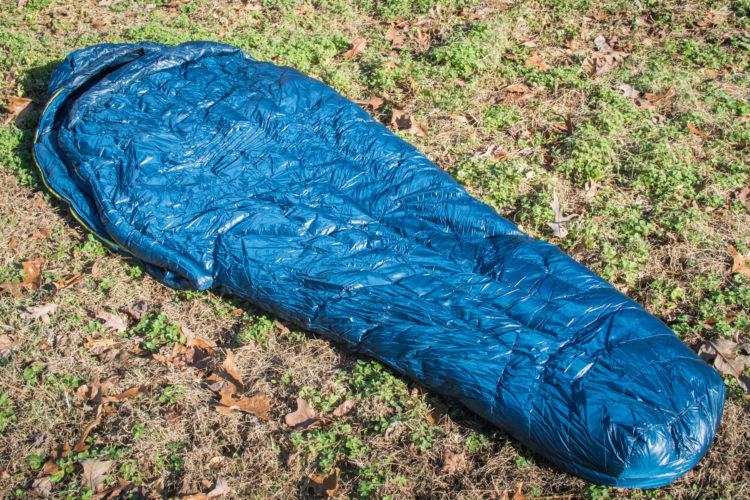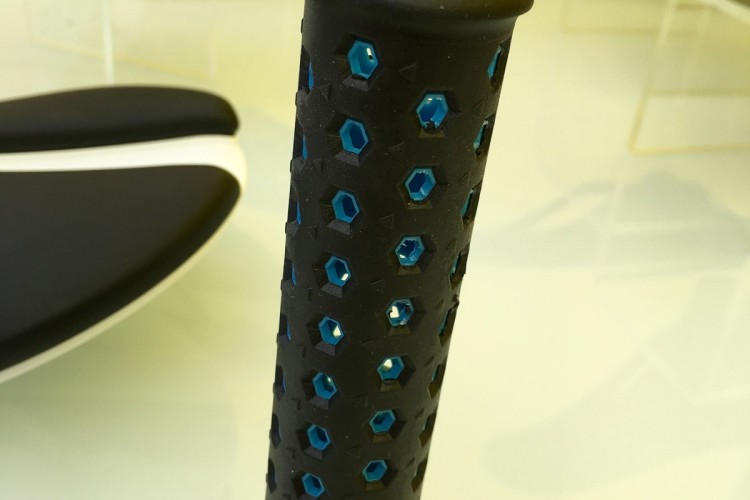In the tradition of Jeff Foxworthy:
If you have ever weighed your bike before and after washing the dirt off…you might be a weight weenie.
If you have ever taken your bike completely apart and weighed each component on a gram scale…you might be a weight weenie
If youboughtthis bike… you might be a weight weenie
If youhave ever shaved off all your body hair andweighedit…you might be a weight weenie.
While it’s good to avoid cast iron wheels and lead frames, where does it cross the line into an obsession? At what point have you gone so far that you put light weight ahead of durability or financial responsibility?
Here are a couple of guidelines to help you assess a purchase and make sure you are considering the whole picture and not just the number of grams.
The first thing to remember is the old saying, lightweight, durable, inexpensive: pick two. Any time you drastically cut the weight, but keep the durability of a component, the price is going to skyrocket.
Next, determine if saving weight is even a factor. For example, if your bike is already a reasonable weight, saving 50 grams on a new seat post isn’t that big of a deal and most riders won’t even notice the difference. On the other hand, shaving 1 pound or more of rotating weight off your wheels and/or tires will make a huge difference and even the most novice rider will instantly feel the improvement.
Finally, once you have decided to upgrade a component and weight is one of your deciding factors, do a bit of cost/benefit analysis to make sure you’re not overspending.
One of my riding buddies who races a lot, and is a bit of a weight weenie, defines the optimal cost/benefit value as $1 per gram saved. Here are some examples using that metric:
Good Purchase
Iupgradedmy heavy wheel set with a pair of Easton XC Ones that I got on sale for $300. Net weight savings: 710 grams, or $0.42 per gram. That’s a good cost ratio, and a huge weight benefit since it was all rotating weight.
Not So Good Purchase
My stock Shimano SLX 10-spd rearderailleurweighs 260 grams. A new XTR 10-spd rear derailleur weighs 176 grams. Net weight savings: 84 grams. Cost: $185. $2.20 per gram is not a good purchase based on weight savings alone. Granted the XTR (allegedly) could shift better, but you will have to decide if it’s that much better, or if maybe an XT-level derailleur is the better way to go. Even considering the cost difference between the two derailleurs (about $100), it’s still over $1 per gram.
Insanely Bad Purchase
The Delta 7 Arantix carbon fiber hardtail MTB frame weighs in at 1,243 grams and costs $4,895! By comparison, a Giant xTC composite frame weighs 1,300 grams and costs $1,450. Net weight savings: 57 grams. Based on the cost difference between the two, that’s $60.44 PER GRAM!!!
So even though mountain bikers are always discussing the weight of this or that component, try to remember that it is only one aspect of a purchase. Make sure to consider durability,compatibility, warranty, and suitability for your specific application. Use the $1 per gram number as a baseline, and also make sure to read reviews andarticlesby other people who have used the item you are considering. This will help you make an informed purchase and results in a component that you are happy with over the long term.
In other words, don’t be a weight weenie. 😀
Also, disturbingly, all of the examples at the beginning of this post are real…




















